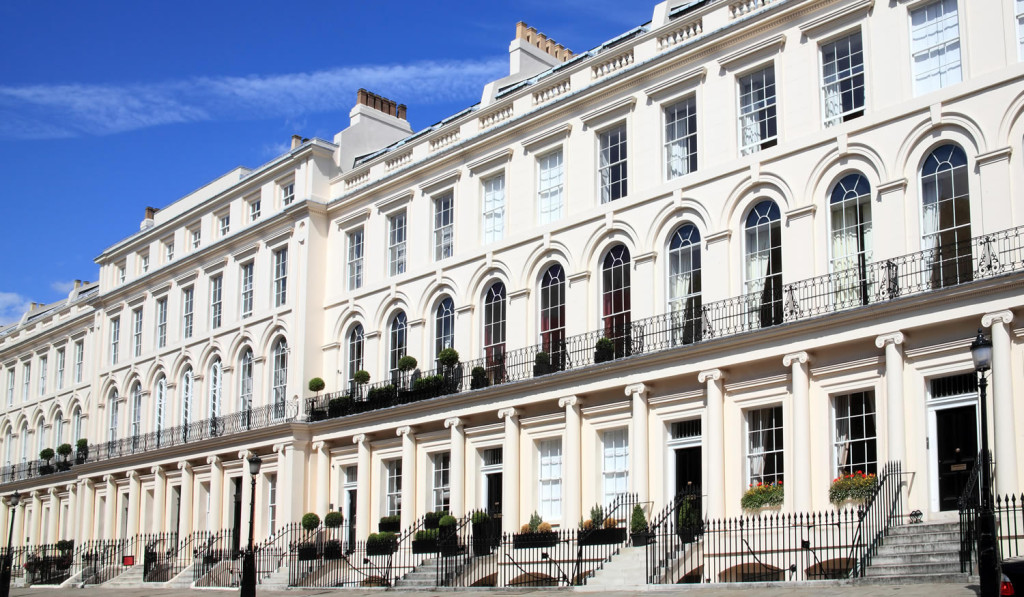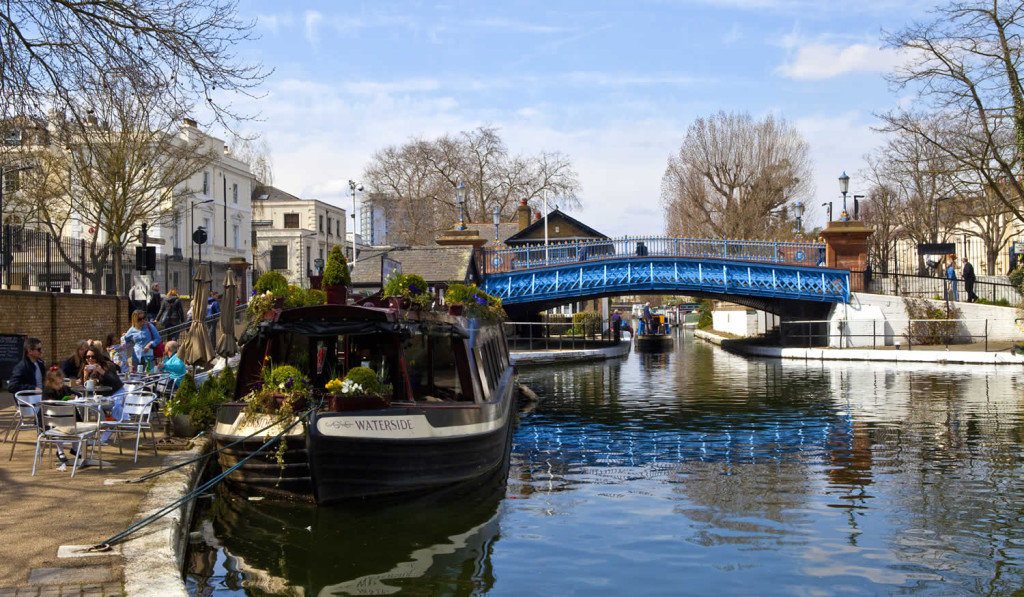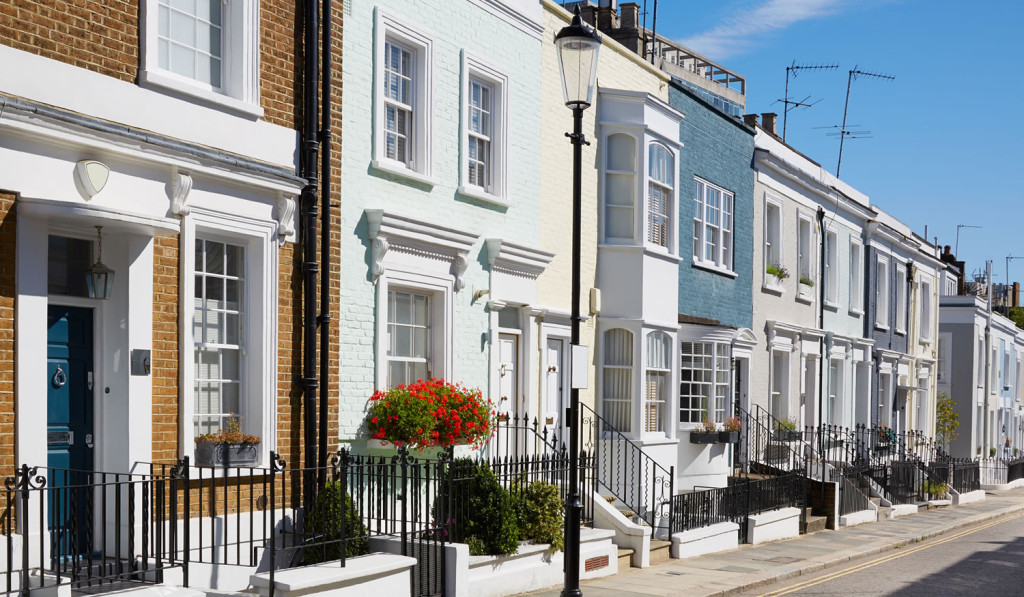The criteria for interest only mortgages have changed and lenders require homeowners to have enhanced incomes and equity before they can approve the application. There are fewer interest only mortgages available and these often requires equity in your property to be greater than 50% with household income exceeding £50,000.
For an interest only mortgage there is no guarantee that the original loan will be repaid as you are only paying the interest rather than any of the amount borrowed. At the end of the term you usually between 25 and 40 years, you would owe the original amount and would need some way of paying this amount.
Lenders would also expect you to provide proof you have a suitable capital repayment vehicle. You would need to save money such as using a tax efficient ISA invested over the long term to clear the debt and this would be a higher risk approach than a repayment mortgage.
A repayment mortgage combines both a capital and interest repayment and is calculated so at the end of the term the original loan is completely repaid.
For example, if you buy a property for £300,000 with a £50,000 deposit your mortgage will be £250,000. The most popular term is 25 years and if you pay an average interest rate of 1.95% the cost is £1,053.56 per month. This amount will stay the same as long as the interest rate remains the same but would increase if the interest rate rises.
From the payment of £1,053.56 per month initially £647.31 per month is the repayment of capital and £406.25 per month is interest. As each month passes the capital amount gradually increases and the interest amount decreases as you are reducing the size of the debt.







